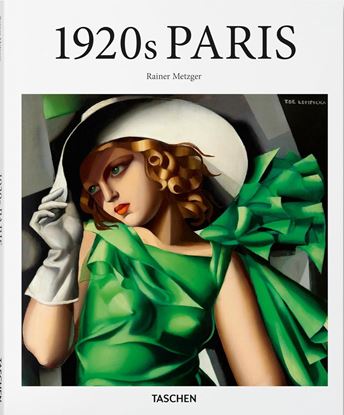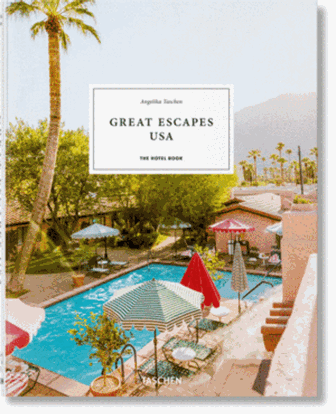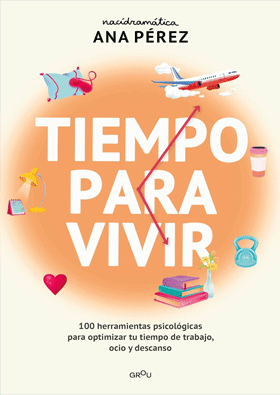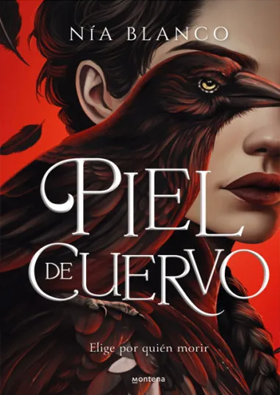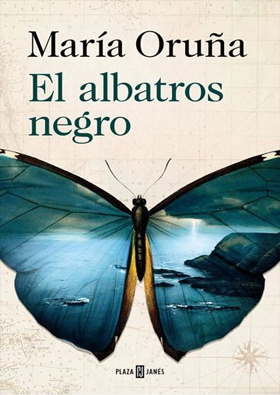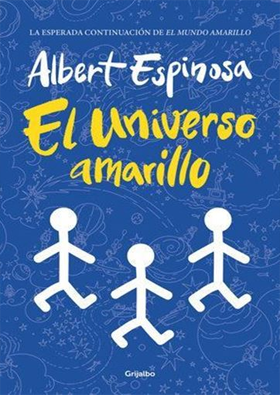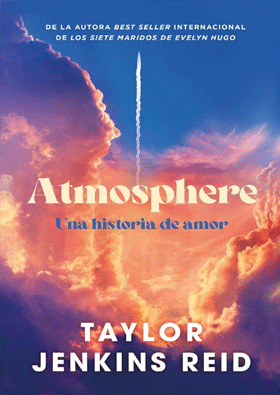

OPERA SIGLO XX Y XXI. DE LA TRADICION A
La ópera 'no es una reliquia del pasado'; es un mundo vivo en el que se reflejan los cambios culturales y sociales. Así lo demuestra Tomás Marco en esta ambiciosa cartografía mundial del genero que recorre el último siglo y cuarto, aproximadamente, de su historia. De Puccini, Strauss y Janác?ek hasta Pedro Halffter, Michel van der Aa, Toshio Hosokawa o Rachel Peters, pasando por Schönberg, Britten o Stockhausen, a lo largo de estas páginas asistimos, fascinados, a la disolución de su forma decimonónica hasta sus mutaciones más experimentales. No se había escrito antes una obra de esta envergadura sobre la ópera de nuestros días. 'Durante el siglo XX, todo, sometido a una presión tremenda, saltó por los aires. Fue una lucha sin cuartel. Había que encontrar nuevos caminos que permitieran la supervivencia del genero. Se siguieron viejas fórmulas, se crearon otras nuevas, algunos creyeron que la ópera estaba muerta, que ya no servía, y se negaron a componer obras líricas; otros -la mayoría- aceptaron el reto y consiguieron en algunos casos resultados formidables.
1,700
PARIS 1920S (BA) (GB)
Paris is the City of Light in all its facets. In the 1920s La Ville des lumières gleams especially bright and becomes a magnet for creative people from around the world. This is the decade of Coco Chanel and Josephine Baker, Art Deco and Surrealism, café culture and cabaret. The most famous artists of the epoch, later called Classic Modernism, are in close contact and have lively exchanges with one another – including Marcel Duchamp, Francis Picabia, Pablo Picasso, René Clair, Sonia Delaunay, André Breton, Paul Éluard, Max Ernst and Salvador Dalí. The creative life and all its excesses flourish bohème is the word for this way of living. Composers like Igor Stravinsky, writers like James Joyce or Ernest Hemingway and exiles from Eastern Europe like Constantin Brancusi or Marc Chagall enrich the illustrious scene on Montparnasse.
1,350
PATRIMONIO ABANDONADO
Los vestigios de Abjasia, un país que no existe, una fábrica abandonada transformada en decorados para Hollywood, la Línea Verde de Chipre, la ciudad fantasma que dejó la catástrofe de Chernóbil, un cine modernista en Bruselas, insólitas fortificaciones del siglo XVIII en Italia, la ciudad de Tskaltubo y sus “aguas de la inmortalidad”, una de las termas más antiguas de Rumanía…
Roman Robroek es un fotógrafo del sur de los Países Bajos fascinado por la arquitectura urbana. Sus espectaculares fotografías de lugares olvidados en el mundo entero han ganado múltiples premios. ¿Cuál es la historia de estos edificios? ¿Quiénes vivían en ellos? ¿Para qué servían esos objetos y por qué los abandonaron? Su insaciable curiosidad por estos temas le llevó a ser fotógrafo urbano. Patrimonio abandonado es el resultado de diez años explorando lugares fantasmales en busca de respuestas.
1,995
PAUL OUTERBRIDGE (INT)
Whether in his sumptuous images for advertising or his soft-hued nudes, Paul Outerbridge (1896–1958) was an alchemist of desire. Color was integral to his aesthetic allure, embracing the complex tri-color-carbro process to create a seductive surface of texture and tone. His quest was for “artificial paradises”―a perfection of form, with a surreal edge.
This concise monograph introduces Outerbridge’s unique aesthetic and its commercial and artistic trajectory, from his professional peak as New York’s highest-paid commercial photographer through to his retreat to Hollywood in the 1940s after a scandal over his erotic photography. With key examples from his oeuvre, the book explores Outerbridge’s innovative style through Cubist still life images, magazine photographs, and his controversial nudes, as well as his interaction with other avant-garde photographers, such as Alfred Stieglitz, Paul Strand, and Man Ray. Along the way, we recognize Outerbridge’s particular ability to transform everyday objects into a quasi-abstract composition and his pioneering role in championing the expressionistic, as much as commercial, potential of color photographs.
1,500
PELICULERO
Un viaje emocional por el cine y la televisión que han definido a toda una generación
Hace menos de tres años parecía que el cine estaba muerto, que nadie volvería nunca a las salas, que las grandes estrellas no existían y que solo las películas de superhéroes eran viables económicamente. Y entonces llegó Barbie.
Este es un recorrido personal tan personal que es casi universal por la historia más reciente del cine, y en particular del cine palomitero, ese cine comercial, orgulloso de serlo, que ha moldeado nuestro imaginario colectivo. Un mundo de dinosaurios, naves galácticas, agentes secretos y sirenas que Alberto empezó viendo primero desde el sofá de casa para poco a poco adentrarse en él profesionalmente. El libro se inmiscuye en rodajes de series y películas, en junkets de prensa, fiestas y premios que, junto a las mismas películas que luego vemos en la sala, configuran un universo que mezcla ficción y realidad y del que ningún peliculero podrá escapar nunca.
1,450
PICASSO, KLEE, MATISSE, GIACOMETTI
Berggruen’s collection with more than one hundred masterpieces is a spectacular tribute to the foresight of this major player in the Paris art market during the second half of the twentieth century. Born into a Jewish family in Berlin in 1914, he went into exile in California on the eve of World War II. He became art critic for the San Francisco Chronicle and assistant to the director of the San Francisco MoMA. After the war, Berggruen returned to Europe, first to Munich as a journalist, then to Paris where he worked at the UNESCO headquarters before becoming an art dealer specialized in the graphic arts of modern artists. He quickly established contacts within the Parisian cultural scene, meeting both the artists he would represent and the poets, dealers, historians, critics, and collectors of the day. Guided by his personal tastes, he built a solid collection of twentieth-century works now housed at the Neue Nationalgalerie Berlin spanning the careers of Pablo Picasso and Paul Klee and including Henri Matisse’s collages and Alberto Giacometti’s sculptures. The vast ensemble was exhibited at the Orangerie in 2024 and is housed in the Berggruen Museum/Neue Nationalgalerie Berlin.
2,800


